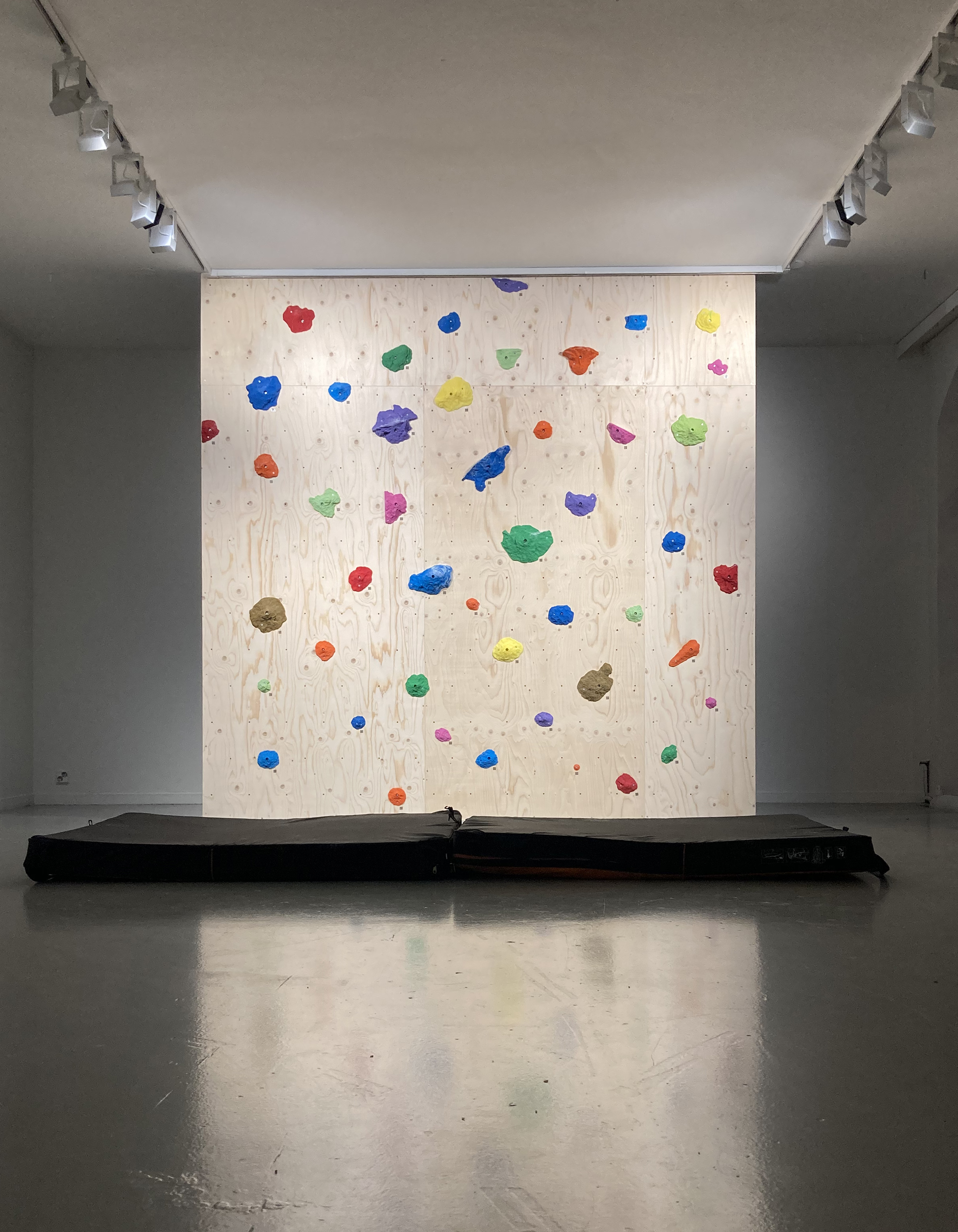
Casting it in plaster monumentalized a space that is ignored
A negative space - a space of absence often becomes a space for memory. Craters left by mortar shells filled with red resin in Sarajevo known as Sarajevo Roses; footprints of the destroyed Twin Towers in Manhattan turned into giant pools of the Ground Zero Memorial or the bullet traces on the yard wall of Auschwitz concentration camp, known as, The Death Wall. These empty spaces are meant to keep silence rather than tell us something. Especially in the case of ethnically rooted conflicts, such nonverbal memory reservoirs become an alternative to textual memorial plaques, often failing to be neutral. Dr Mirjana Ristić describes the phenomena of Sarajevo Roses as “silent places of memory which allow passers-by to construct their personal versions of memory and multiple narratives about the city’s history.”
Many places in Helsinki still bear traces of World War II – wounds left by bombshells on the granite of city walls. Do they act as a mark of value for the collective memory? History without memory is as unreadable as a flat wall made of granite. There is nothing to hook on to. The act of climbing is a way of understanding. As a Russian with Finnish roots, I think of the complex relationships between these two countries on a very personal level. During the war, my grandfathers were literally on the opposite sides of the border. One was witnessing the bombardment of Helsinki by the Soviets while the other one survived the airstrikes of the Finnish army in Petrozavodsk. I climb these traces in an attempt to understand these complex relationships.
Some war traces in Helsinki became an official memorial - they have metal plaques with dates and texts on them, some can be found on the knee level almost invisible for the eye, many traces are disappearing with renovations, but paradoxically or logically erasement of traces also leaves a trace. Similar to the process used for the Sarajevo Roses’, I fill the craters in Helsinki with resin. I use this material to cast the traces of bombings, the same resin that is in use for the mass production of climbing holds for indoor sport climbing. I climb these rhizomatic war memorials, while doing so I consider the micro-histories of the city and its psychogeography. By practising different routes on the Memory Climbing Wall one can bridge different places in the sequence of body movements. The acquired muscle memory merges with the collective memory of generations.
Every cast is unique and linked with the particular location in the Climbing Guide on www.climbingamemory.com. Visitors can use QR codes to follow your own path through the Climbing a Memory project in the city of Helsinki.
The Climbing a Memory project on its different stages was kindly supported by the Academy of Fine Arts Helsinki, Arts Promotion Centre Finland and Anita Snellman Foundation
The author thanks the Finnish Defence Forces’ Photograph Archive for the photo material and Kiipeilyurheilijat ry, the sponsor of the exhibition, for providing the climbing equipment.